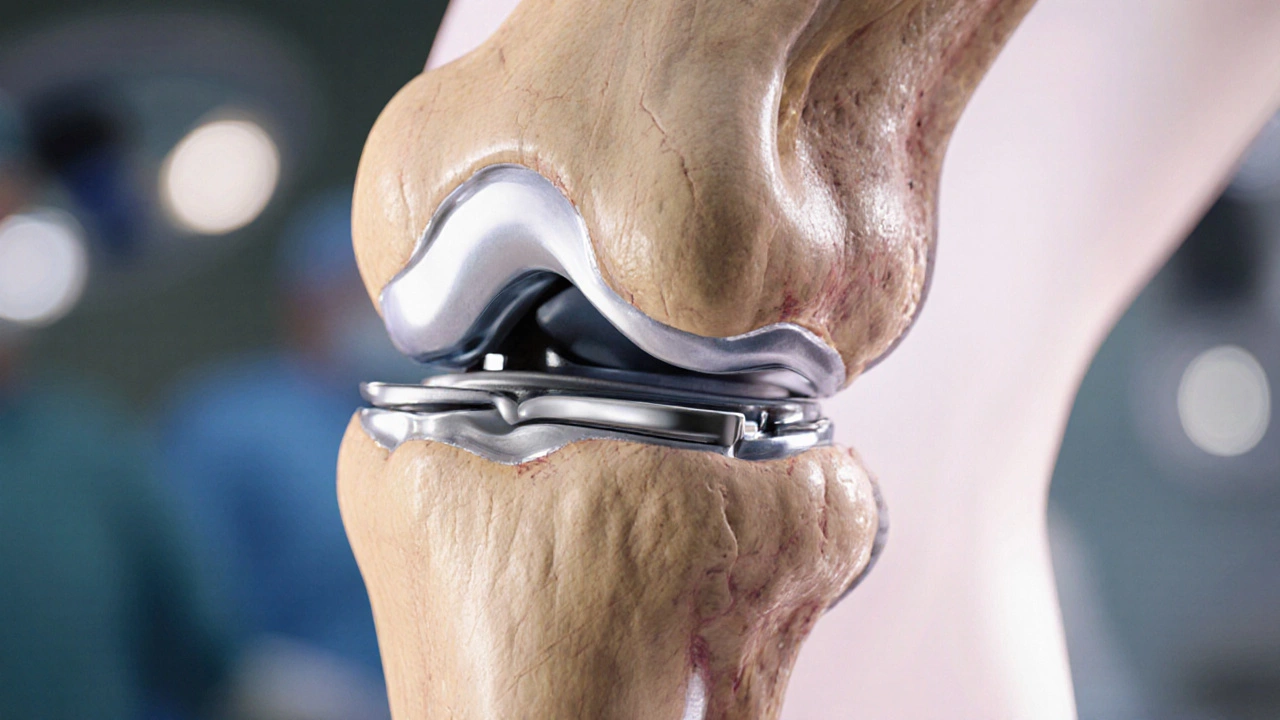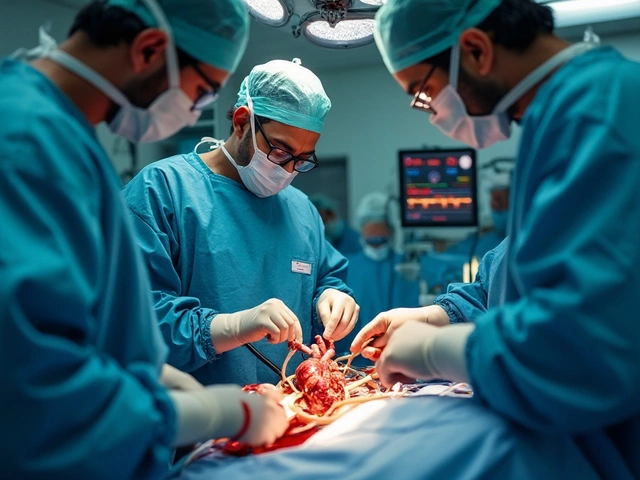Knee Replacement: What You Need to Know Before Surgery
If your knees ache all day, climbing stairs feels impossible, or you’ve been told you need a joint swap, you’re probably thinking about knee replacement. It’s a big decision, but the good news is that modern implants and surgical techniques make the procedure predictable and safe. In India, the cost ranges from INR 1.5 lakh to 3.5 lakh depending on the hospital, surgeon’s experience, and the type of implant you choose.
Before you book anything, get a clear diagnosis. An MRI or X‑ray will show how much cartilage is left and whether other joints are also suffering. Your orthopaedic doctor should explain the differences between a cemented and cement‑less implant, the materials used (titanium, ceramic, or metal‑on‑plastic), and why one might suit your lifestyle better.
How the Procedure Works
The surgery itself usually lasts 1–2 hours. Under general or spinal anaesthesia, the surgeon makes a small incision, removes the damaged cartilage and bone, and secures the new implant. Most surgeons use a minimally invasive approach, which means a smaller cut, less blood loss, and a faster start to rehab. After the implant is in place, the wound is closed with dissolvable stitches and you’re moved to a recovery room for a few hours of monitoring.
Because of the precise cuts made by computer‑guided tools, the new joint lines up exactly with your natural limb. This alignment reduces wear on the implant and helps you walk more naturally after healing. If you’re traveling abroad for surgery, look for JCI‑accredited hospitals and surgeons with a track record of low infection rates.
Recovery Tips to Speed Up Healing
Getting up and moving the day after surgery is crucial. Your physiotherapist will show you simple exercises like heel slides, straight‑leg raises, and short walks with a walker or crutches. Aim for at least 15‑20 minutes of gentle activity three times a day. It may sound daunting, but staying active prevents scar tissue from tightening and improves blood flow to the joint.
Nutrition plays a big role too. Protein‑rich foods such as dal, eggs, or paneer help repair tissue, while calcium‑rich milk and vitamin‑D fortified foods support bone health. Stay hydrated and avoid heavy, greasy meals that can slow digestion – constipation after knee surgery is common, as highlighted in our post “Pooping After Knee Surgery.”
Watch for warning signs: increasing redness, swelling, or a fever above 100°F could mean an infection. If anything feels out of the ordinary, call your surgeon right away. Most patients can return to light work within 4–6 weeks, but high‑impact activities like jogging or squatting may need 4‑6 months before they’re safe.
Finally, keep your follow‑up appointments. Your surgeon will check the implant’s position with X‑rays and adjust your rehab plan if needed. With the right preparation, a knee replacement can give you years of pain‑free movement – just remember it’s a team effort between you, your doctor, and your physiotherapist.















